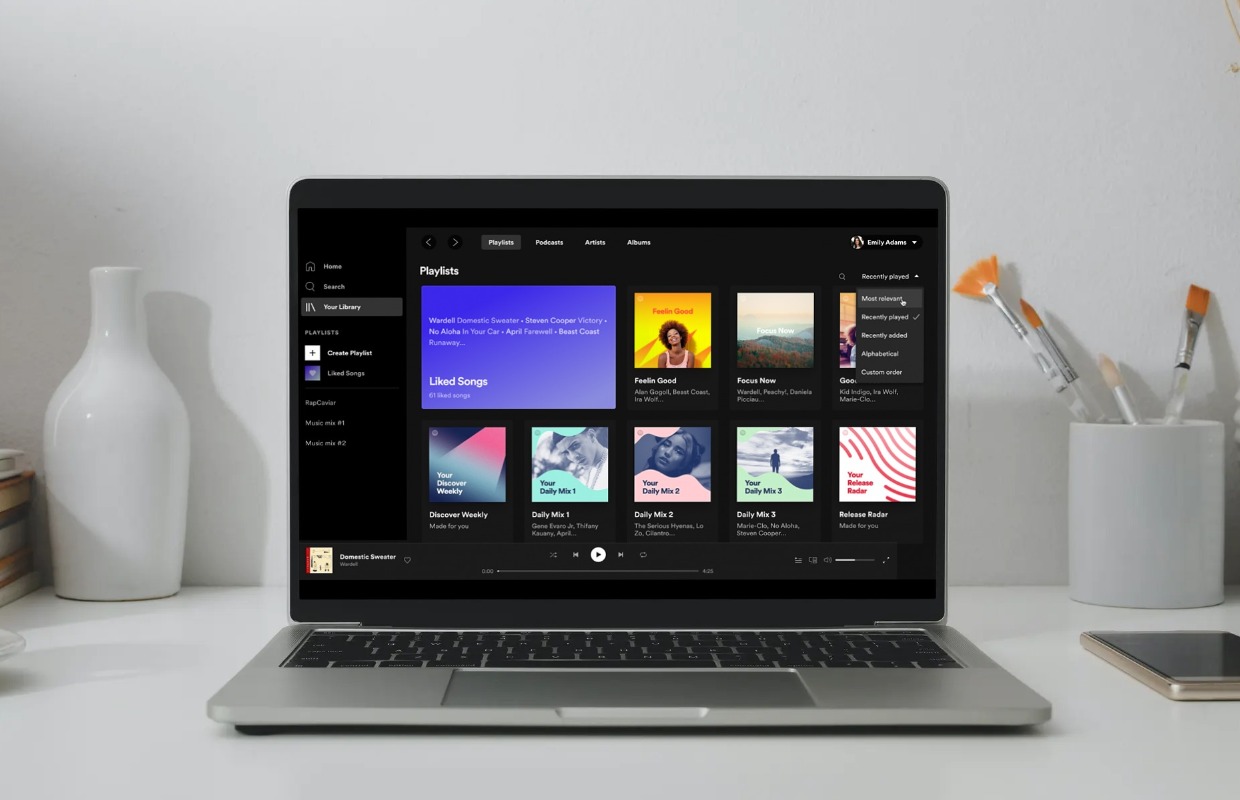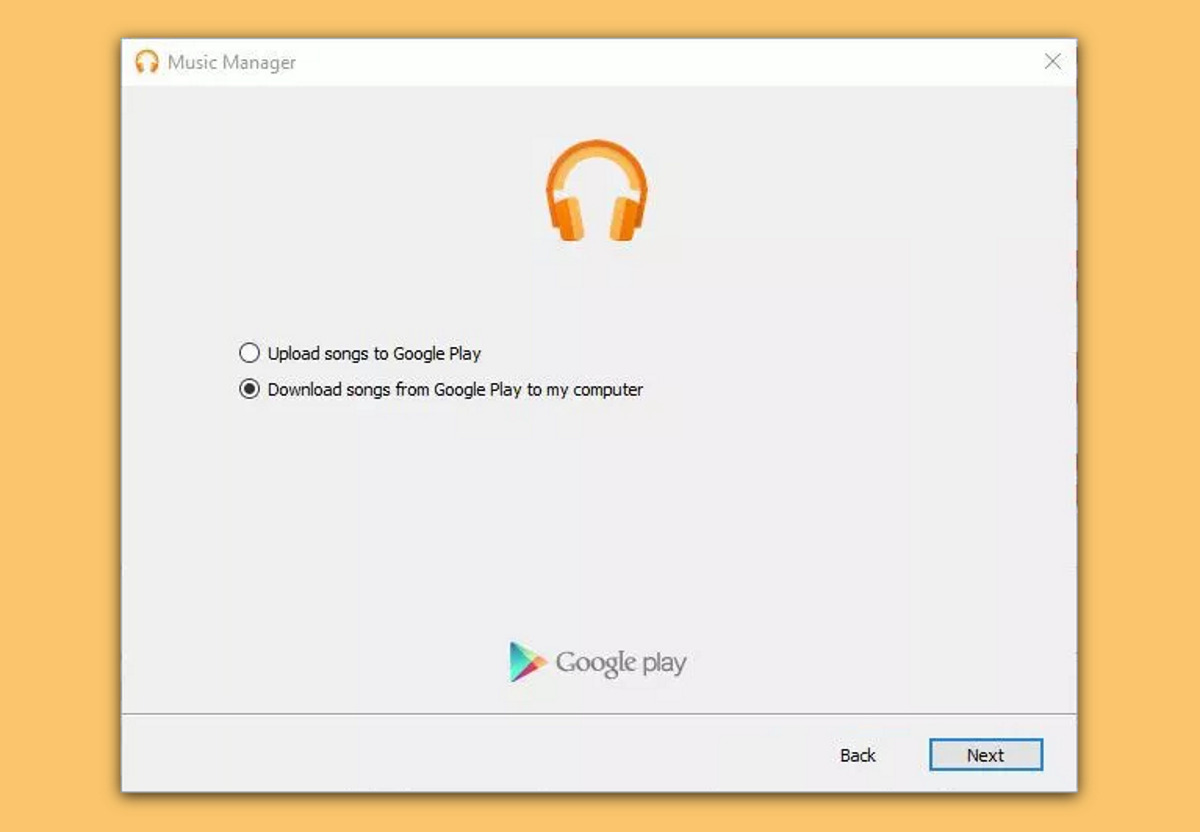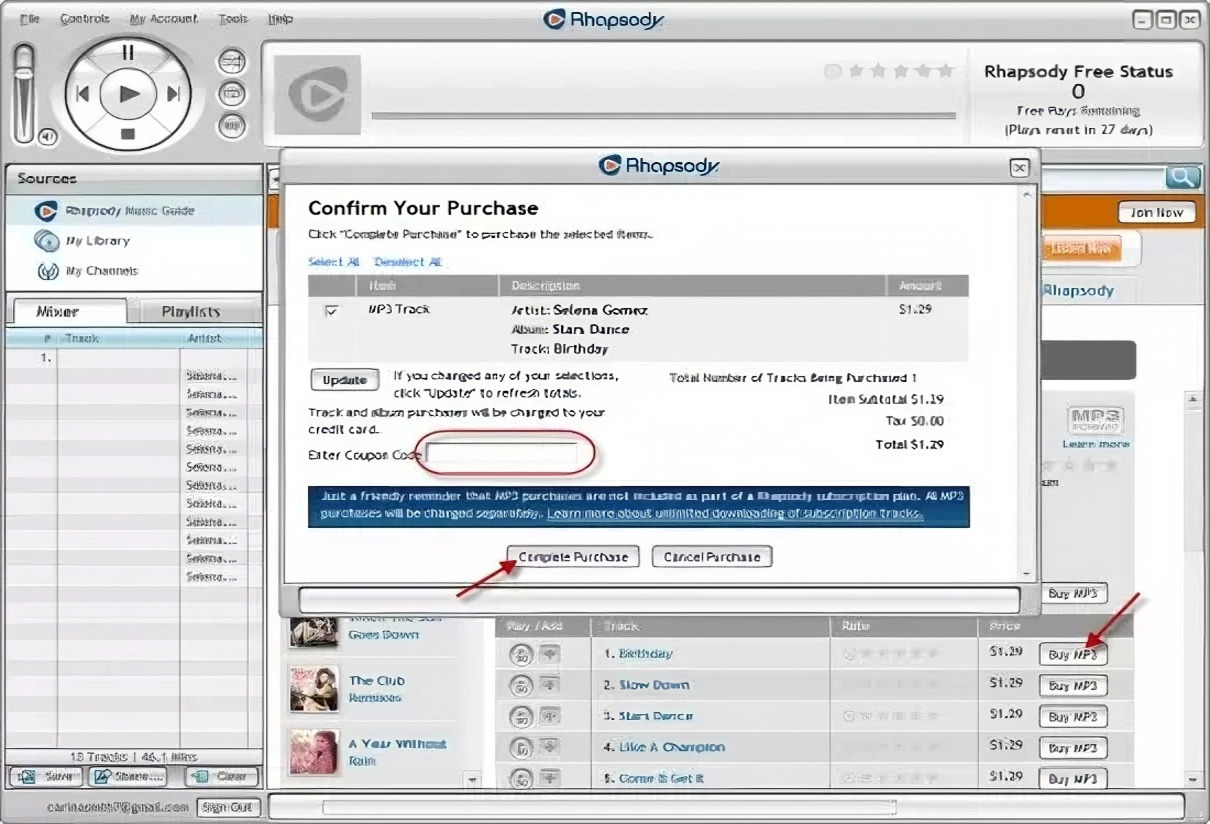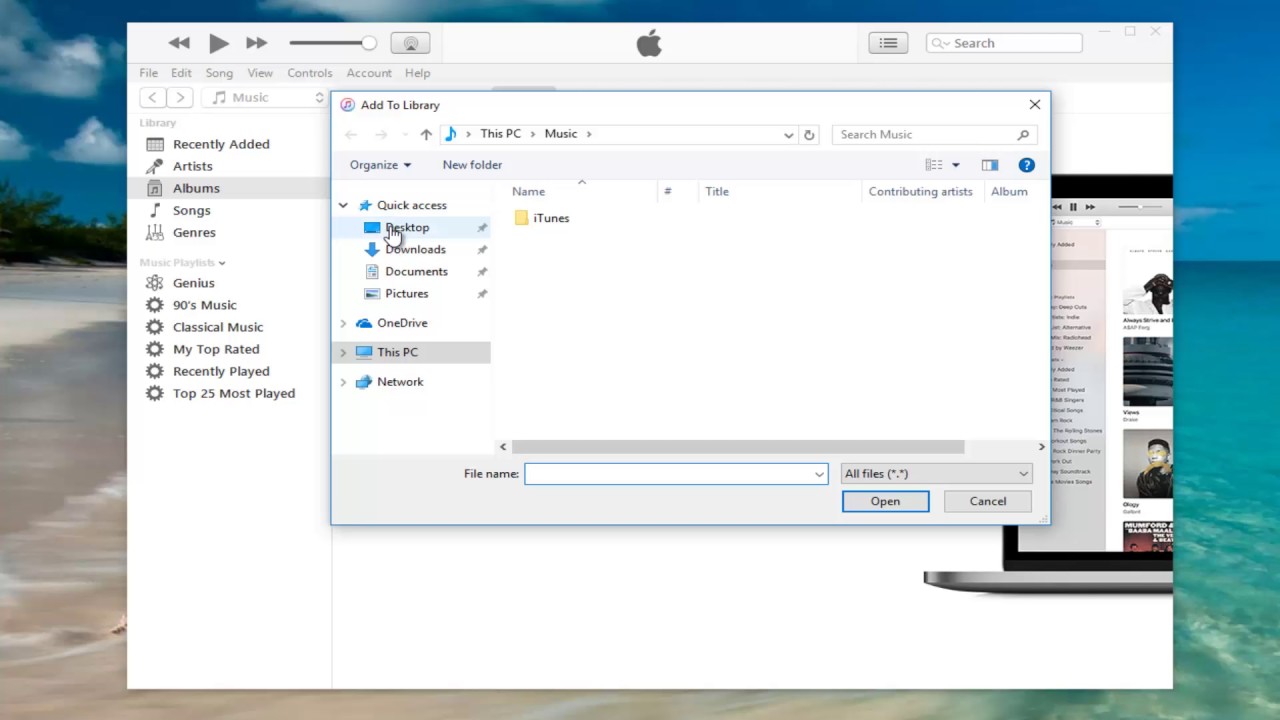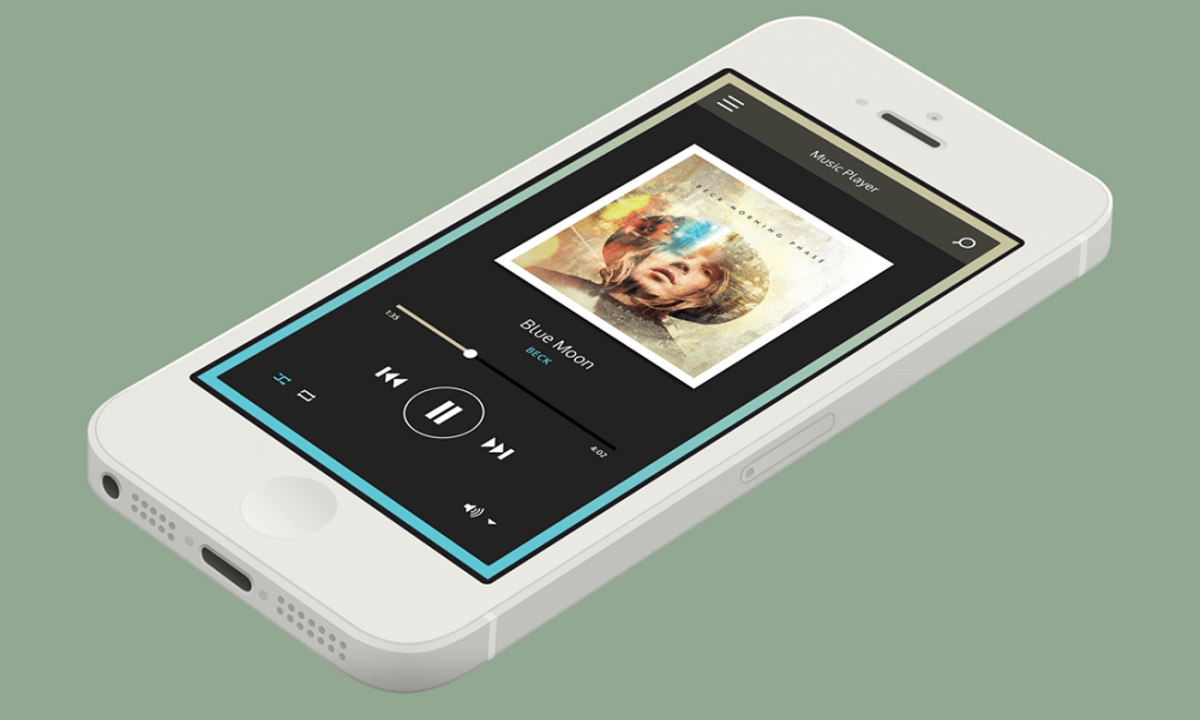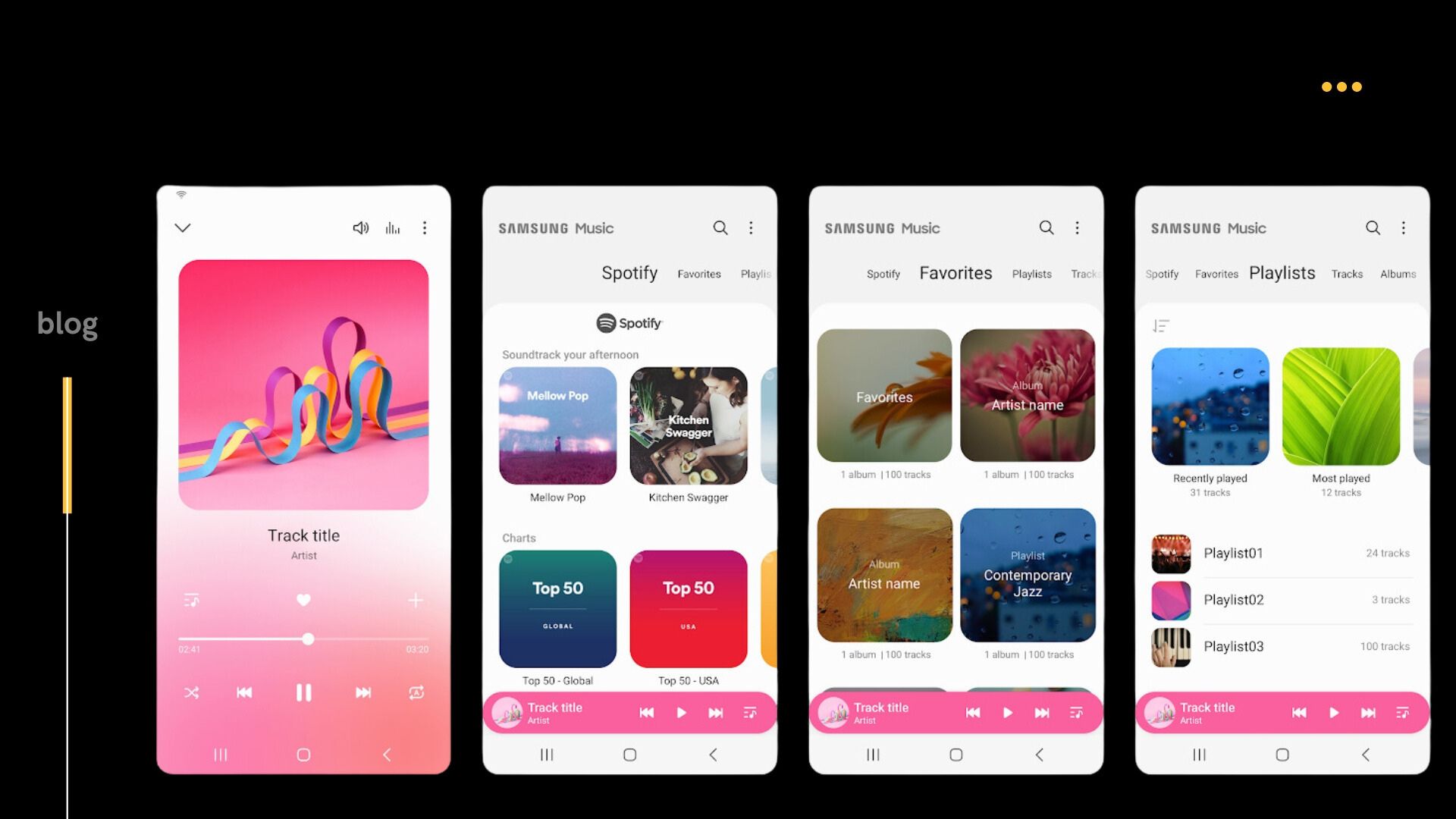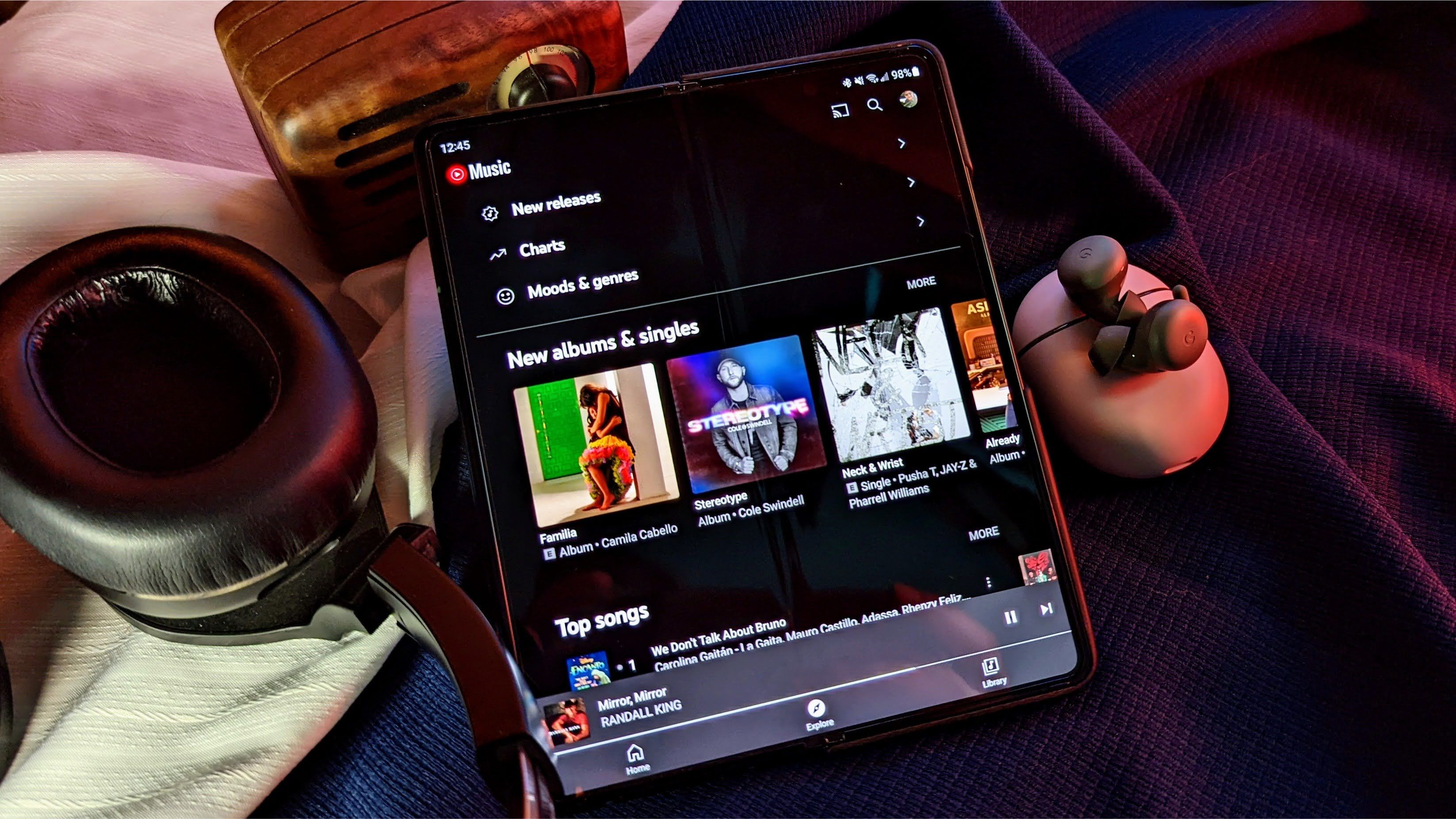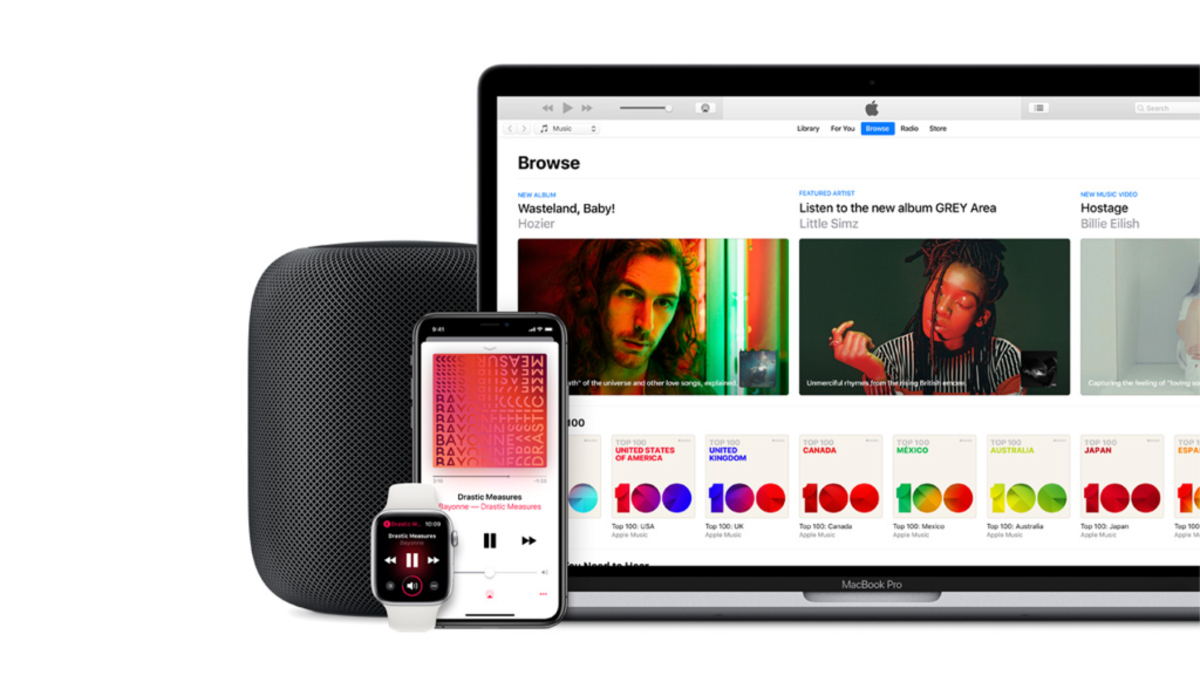Introduction
With the rise of digital platforms, downloading music to your computer has become a popular and convenient way to enjoy your favorite songs. Whether you’re a music aficionado or just looking to expand your playlist, downloading music offers a vast array of choices at your fingertips. From chart-topping hits to niche genres, there’s something for everyone.
Downloading music to your computer allows you to access your favorite tunes anytime, without relying on an internet connection. It also gives you the freedom to create personalized playlists and enjoy music without interruptions or buffering. Plus, with the right tools and services, you can easily manage and organize your downloaded music library.
In this article, we’ll guide you through the process of downloading music to your computer. We’ll discuss download formats, help you choose the right music download service, provide a step-by-step guide, and share tips for managing your downloaded music effectively.
So, if you’re ready to embark on your musical journey and have your favorite songs at your fingertips, let’s dive in and explore the world of downloading music to your computer!
Understanding Download Formats
Before you start downloading music to your computer, it’s important to understand the various download formats available. Different formats offer varying levels of audio quality and compatibility with different devices. Here are some of the most common download formats you’ll come across:
- MP3: MP3 is one of the most popular and widely supported audio formats. It offers decent audio quality while keeping file sizes relatively small. MP3 files are compatible with almost all devices and music players.
- FLAC: FLAC is a lossless audio format that preserves the original quality of the music. However, FLAC files are larger in size compared to MP3. This format is preferred by those who prioritize audio fidelity and have ample storage space on their computers.
- AAC: AAC is the default format for iTunes and Apple devices. It offers better audio quality than MP3 at lower bitrates and is also slightly more efficient in compressing audio files. If you primarily use Apple products, AAC may be a suitable choice for you.
- WAV: WAV is an uncompressed audio format that offers the highest audio quality but comes with larger file sizes. It is commonly used by professionals in the music industry. While WAV files provide superior audio fidelity, they may require significant storage space on your computer.
When choosing a download format, consider your audio preferences, device compatibility, and available storage space. MP3 is a popular and versatile choice for most users, offering a balance between audio quality and file size.
It’s worth noting that some music download services may offer additional formats or options, such as high-resolution audio or specialized formats for audiophiles. These formats may be more suitable for those seeking the utmost audio fidelity, but they may also require advanced hardware and specialized software to fully appreciate.
By understanding the different download formats, you can make an informed decision when selecting the format that aligns with your needs and preferences.
Choosing a Music Download Service
When it comes to downloading music to your computer, there are a plethora of music download services available. Each service comes with its own features, library size, pricing options, and user experience. Here are some factors to consider when choosing a music download service:
- Music Library: The size and variety of the music library offered by the service is crucial. Look for services that have a vast collection of songs spanning different genres and artists, ensuring that you’ll find your favorite tracks.
- Quality and Formats: Consider the audio quality and range of formats available for download. Look for services that offer high-quality audio formats like MP3 or even lossless options like FLAC if audio fidelity is important to you.
- Price: Evaluate the pricing model of the service. Some platforms offer free downloads with limited features or ads, while others offer subscription plans or pay-per-download options. Consider your budget and determine if the cost aligns with the value you expect from the service.
- User Experience: Take into account the user interface, ease of navigation, and overall user experience provided by the service. A user-friendly platform will make your music downloading experience more enjoyable and convenient.
- Device Compatibility: Ensure that the service is compatible with your computer’s operating system. Verify if there are dedicated desktop applications or if the service can be accessed through a web browser.
- Additional Features: Some music download services offer additional features such as music recommendations, personalized playlists, and social sharing options. These features can enhance your music discovery and listening experience.
Popular music download services include iTunes, Amazon Music, Google Play Music, Spotify (with offline mode), and Tidal. Each of these services has its own strengths and weaknesses, so take the time to research and read user reviews to find the one that suits your preferences and requirements.
Remember, choosing the right music download service is a personal decision based on your music taste, budget, and user experience priorities. By selecting a reliable and reputable service, you can enjoy a seamless downloading experience and access a vast library of music to enhance your listening pleasure.
Step-by-Step Guide to Downloading Music to Your Computer
Downloading music to your computer is a straightforward process. Follow these step-by-step instructions to start building your music library:
- Choose a Music Download Service: Select a music download service that aligns with your preferences and needs. Ensure that the service offers the music you want and supports your computer’s operating system.
- Create an Account: Sign up for an account on the chosen music download service. Provide the necessary information, such as your name, email address, and payment details, if required.
- Search for Music: Use the search function within the music download service to find the songs or albums you want to download. You can search by artist, song title, genre, or any other relevant information.
- Choose the Download Format: Depending on the service, you may have options to select the download format. Choose the format that suits your preferences and device compatibility.
- Add Songs to Your Library: Once you’ve found the desired songs, add them to your music library or playlist within the service. This step may involve clicking on an “Add to Library” or “Download” button next to each song or album.
- Initiate the Download: Find the “Download” or “Save” button, usually located next to the song or album in your library. Click on it to start the download process.
- Choose the Download Location: Specify the location on your computer where you want to save the downloaded music files. It could be a specific folder you’ve created or the default location set by the music download service.
- Monitor the Download Progress: Depending on your internet connection speed and the size of the music files, the download may take some time. Keep an eye on the progress bar or download status to track the completion.
- Access Your Downloaded Music: Once the download is complete, navigate to the designated location on your computer where the music files are saved. You can then access these files using a media player or transfer them to your preferred music playback devices.
Congratulations! You have successfully downloaded music to your computer. Repeat these steps whenever you want to expand your music collection with new songs or albums.
Remember to always ensure the legality of your downloads and respect copyright laws. Use authorized music download services to support the artists and the music industry.
Tips for Managing and Organizing Your Downloaded Music
Once you’ve downloaded music to your computer, it’s essential to manage and organize your music library effectively. Here are some helpful tips to keep your collection neat and easily accessible:
- Create Folders and Subfolders: Organize your downloaded music by creating folders and subfolders based on genres, artists, albums, or any other categorization that makes sense to you. This will make it easier to find specific songs or albums later.
- Use Descriptive File Names: Rename your music files with descriptive names that include the artist, song title, and album. This way, you can quickly identify and locate specific songs when browsing through your music library.
- Add Metadata: Take advantage of music library management software or media players to add metadata to your music files. This includes information such as the artist name, album name, genre, and release year. Having accurate metadata makes it easier to organize and search for music.
- Utilize Music Tagging: Use music tagging software to assign tags or labels to your music files. Tags can include information like mood, tempo, or any custom tags that help you classify your music. This way, you can create dynamic playlists based on specific criteria.
- Backup Your Music Library: Regularly back up your music library to an external hard drive, cloud storage service, or another computer. This ensures that your collection is safe from any data loss or computer crashes.
- Remove Duplicates: Over time, you may end up with duplicate copies of certain songs. Use music management software or search for duplicate file finder tools to identify and remove duplicate songs, freeing up storage space and reducing clutter.
- Explore Music Library Management Software: Consider using dedicated music library management software to streamline your music organization process. These tools often come with advanced features like automatic metadata retrieval, album artwork downloads, and smart playlists.
- Regularly Update and Maintain: Dedicate some time to regularly update and maintain your music library. Delete unwanted or outdated songs, update metadata, and ensure that your organization system is up to date.
By implementing these tips, you can create a well-organized music library that is easy to navigate and enjoyable to explore. Take the time to personalize your organization system to suit your preferences and make the most out of your downloaded music collection.
Frequently Asked Questions about Downloading Music to Your Computer
Downloading music to your computer can sometimes raise questions or uncertainties. Here are some frequently asked questions and their answers to help clarify any doubts you may have:
Q: Is it legal to download music from the internet?
A: It depends on the sources you use. Downloading copyrighted music from unauthorized websites or platforms is illegal. However, using authorized music download services that have obtained proper licensing rights ensures that you are downloading music legally.
Q: Can I transfer downloaded music to my portable music player?
A: Yes, in most cases you can transfer downloaded music to your portable music player. Connect your device to your computer using a USB cable and use media management software or synchronization tools provided by the manufacturer to transfer the music files.
Q: Can I share downloaded music with others?
A: It depends on the terms and conditions set by the music download service. Some platforms allow sharing of downloaded music within specific limitations, while others strictly prohibit it. Always review and comply with the terms of service to avoid any legal issues.
Q: Can I re-download music if I lose it?
A: It depends on the music download service you use. Some services allow you to re-download purchased music, while others may have limitations or only provide a one-time download option. Check the service’s policies or contact their customer support for assistance in such cases.
Q: How much storage space do I need for downloaded music?
A: The amount of storage space required for downloaded music depends on the audio format and the number of songs you intend to download. Typically, MP3 files have a smaller file size compared to lossless audio formats like FLAC or WAV. Estimate your storage needs based on the average file size of your chosen format and the number of songs you plan to download.
Q: Can I download music to my computer without using a music download service?
A: Yes, there are alternative methods to download music to your computer. You can consider purchasing physical CDs and ripping them to your computer, or explore available free and legal sources for music downloads. Keep in mind that these alternatives may have limitations in terms of music availability and convenience.
These are just a few common questions related to downloading music to your computer. If you have any specific concerns or additional queries, consult the documentation or contact the customer support of the music download service you are using.
Conclusion
Downloading music to your computer is a fantastic way to build a personalized music library and enjoy your favorite songs on-demand. By understanding the different download formats, choosing the right music download service, following a step-by-step guide, and effectively managing your downloaded music, you can create an organized and enjoyable music experience.
Remember to explore and compare different music download services to find the one that aligns with your preferences and needs. Consider factors such as music library size, audio quality, pricing, user experience, and additional features offered by the service.
As you download music to your computer, it’s important to respect copyright laws and use authorized music download services to support artists and the music industry. Ensure that you are aware of the legality of your downloads and follow the terms and conditions set by the service you choose.
Take the time to properly organize your downloaded music by creating folders, adding descriptive file names, using metadata, and utilizing music tagging. Regularly maintain and update your music library to keep it fresh and clutter-free.
Lastly, always be mindful of the storage space required for your downloaded music and consider backing up your music library to avoid data loss.
Now that you have the knowledge and the tools, it’s time to embark on your musical journey and start downloading music to your computer. Get ready to create the perfect soundtrack for your life and enjoy your favorite tunes whenever and wherever you want!







